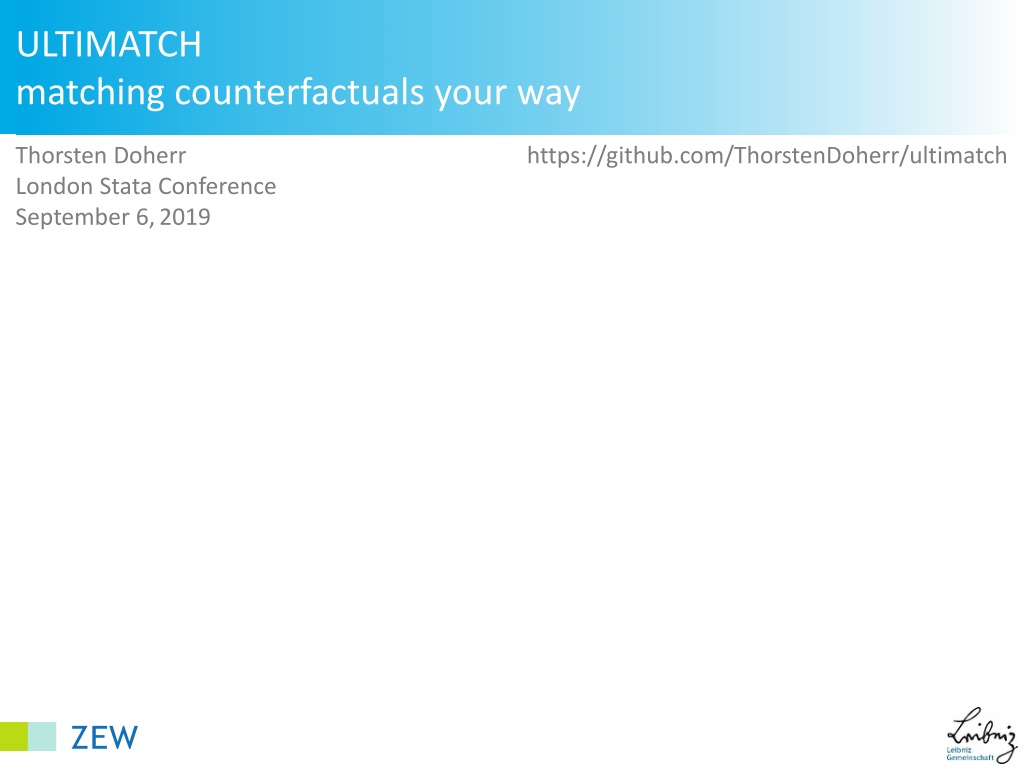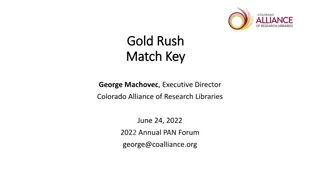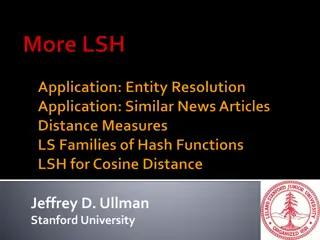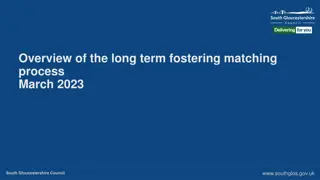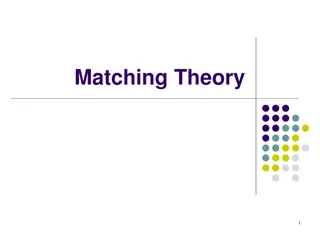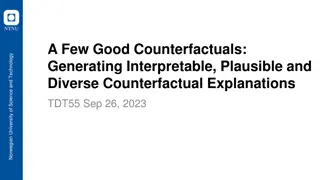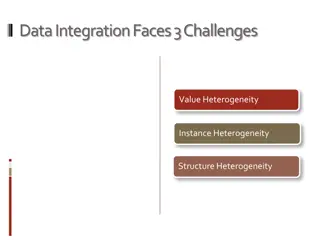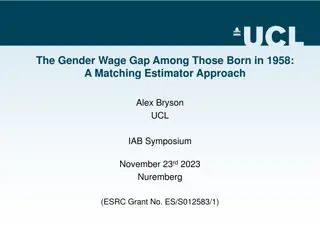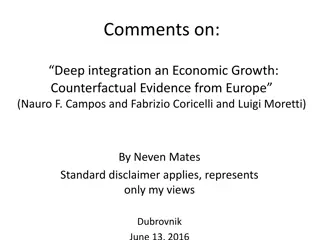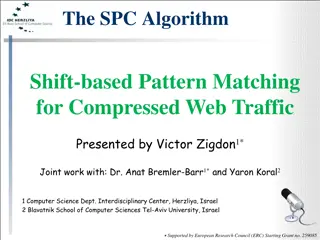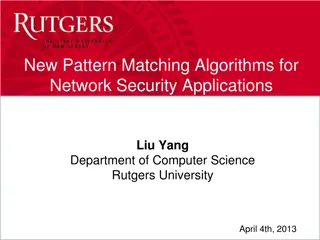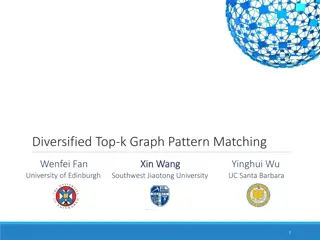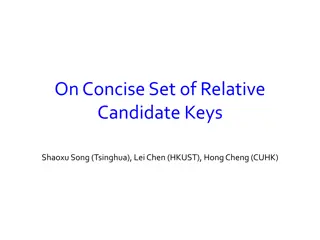Ultimatch: Matching Counterfactuals in Your Way
Ultimatch by Thorsten Doherr explores the concept of matching counterfactuals in a customizable manner, utilizing methods such as score-based matching, distance-based matching, and the Hypersphere-Leeway Algorithm. The tool allows for precise matching on observables and offers options for various types of matching techniques.
Download Presentation

Please find below an Image/Link to download the presentation.
The content on the website is provided AS IS for your information and personal use only. It may not be sold, licensed, or shared on other websites without obtaining consent from the author.If you encounter any issues during the download, it is possible that the publisher has removed the file from their server.
You are allowed to download the files provided on this website for personal or commercial use, subject to the condition that they are used lawfully. All files are the property of their respective owners.
The content on the website is provided AS IS for your information and personal use only. It may not be sold, licensed, or shared on other websites without obtaining consent from the author.
E N D
Presentation Transcript
ULTIMATCH matching counterfactuals your way Thorsten Doherr London Stata Conference September 6,2019 https://github.com/ThorstenDoherr/ultimatch
Why matching? ? = ?0+ ?1? + ?2? + ?3?? + ?4?????+ ? +? ? ? exploiting the correlations: ??? Y ? ? matching on observables 2
ULTIMATCH Score-based matching Distance-based matching Coarsened exact matching ultimatch scorevar, treated(treated_dummy) [exact(vars_defining_cells)] [caliper(max_score_difference)] [draw(num_of_counterfactuals)] [copy [full]] [single] [support] [between] [radius] [greedy] [rank] [euclid] [mahalanobis] [report(vars_for_ttests) [unmatched]] [unit(vars_clustering_obs)] [exp(logical_exp)] [limit(perc_rank_limitations)] ultimatch dvar1 dvar2 , treated(treated_dummy) [exact(vars_defining_cells)] [caliper(max_distance_difference)] [draw(num_of_counterfactuals)] [copy [full]] [single] [support] [between] [radius] [greedy] [rank] [euclid] [mahalanobis] [report(vars_for_ttests) [unmatched]] [unit(vars_clustering_obs)] [exp(logical_exp)] [limit(perc_rank_limitations)] ultimatch, treated(treated_dummy) exact(vars_defining_cells) [caliper(max_diff)] [draw(num_of_counterfactuals)] [copy [full]] [single] [support] [between] [radius] [greedy] [rank] [euclid] [mahalanobis] [report(vars_for_ttests) [unmatched]] [unit(vars_clustering_obs)] [exp(logical_exp)] [limit(perc_rank_limitations)] Transformation . egen long coarsescore = group(cell1 cell2 cell3 ) . ultimatch coarsescore, treated(treated) caliper(0.5) 3
Score-based matching SORT MATCH cell score treated _distance _match _weight 9 1.079380 0 9 1.093021 0 0.002202 234 1.0 9 1.095223 1 0 234 1.0 9 1.101899 0 0.009212 235 1.0 9 1.111111 1 0 235 1.0 9 1.146180 1 0 236 1.0 9 1.146266 0 0.000086 236 0.5 9 1.146266 0 0.000086 236 0.5 10 0.170137 1 0 237 1.0 .04116 0.033707 237 238 1.0 2.0 10 0.211297 0 0 238 1.0 10 0.245004 1 10 0.304080 0 10 0.304764 0 10 0.330998 0 10 0.368190 0 10 0.399482 1 4
ultimatch y x, treated(treated) caliper(0.15) radius euclid 9
Thank you https://github.com/ThorstenDoherr/ultimatch
